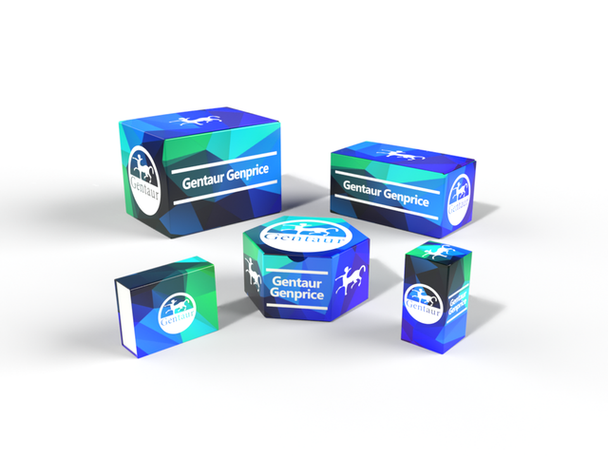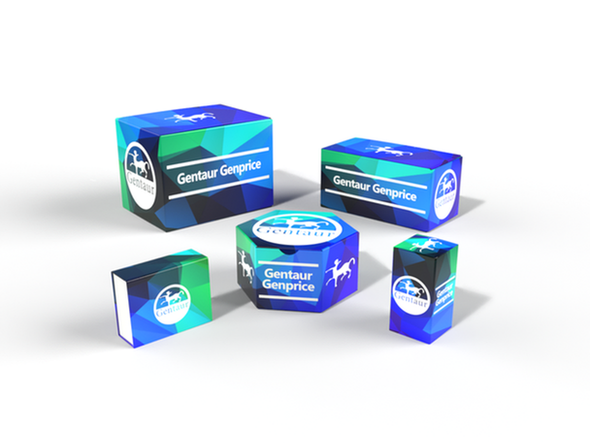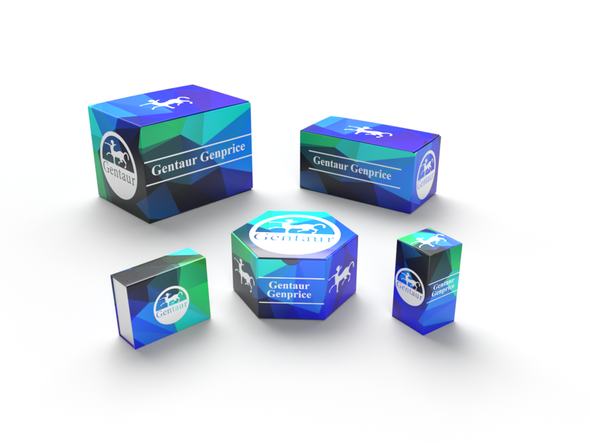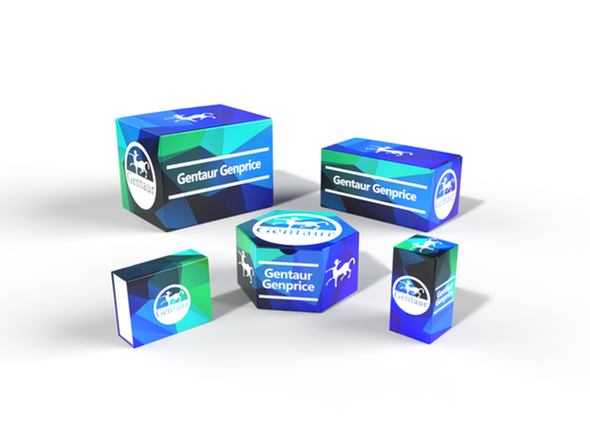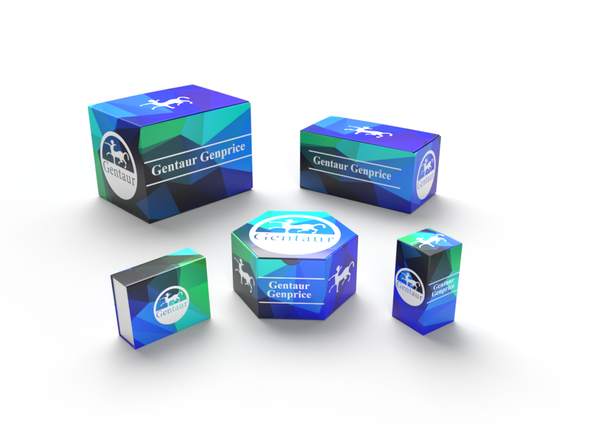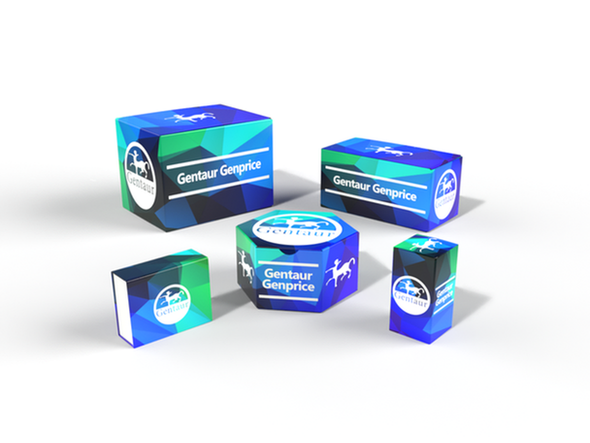749
CHOP Mouse Monoclonal Antibody (2B1) | ABM40322
- SKU:
- 749-ABM40322
- Availability:
- Usually ships in 5 working days
Description
CHOP Mouse Monoclonal Antibody (2B1) | ABM40322 | Gentaur UK, US & Europe Distribution
Immunogen: Synthetic Peptide of CHOP at AA range of 10-90
Product Category: Protein
Application: Protein General Reagents
Product Type: Primary Antibody
Host: Mouse
Reactivity: Human, Mouse, Rat
Application: WB, IF, IHC-P
Application Note: Optimal working dilutions should be determined experimentally by the investigator. Suggested starting dilutions are as follows: WB (1:1000-1:2000), IHC-P (1:100-1:200) .
Clonality: Monoclonal
Isotype: Mouse IgG1
Formulation: Liquid solution
Kit Component: N/A
Concentration: 1 mg/ml
Storage Buffer: PBS containing 50% Glycerol, 0.5% BSA and 0.02% Sodium Azide.
Storage Instructions: Stable for one year at -20°C from date of shipment. For maximum recovery of product, centrifuge the original vial after thawing and prior to removing the cap. Aliquot to avoid repeated freezing and thawing.
Shipping Condition: Gel pack with blue ice.
Background: DDIT3 (DNA damage inducible transcript 3) encodes a member of the CCAAT/enhancer-binding protein (C/EBP) family of transcription factors. The protein functions as a dominant-negative inhibitor by forming heterodimers with other C/EBP members, such as C/EBP and LAP (liver activator protein), and preventing their DNA binding activity. The protein is implicated in adipogenesis and erythropoiesis, is activated by endoplasmic reticulum stress, and promotes apoptosis. Fusion of DDIT3 and FUS on chromosome 16 or EWSR1 on chromosome 22 induced by translocation generates chimeric proteins in myxoid liposarcomas or Ewing sarcoma. Multiple alternatively spliced transcript variants encoding two isoforms with different length have been identified.
Alternative Names: DDIT3
Precaution: The product listed herein is for research use only and is not intended for use in human or clinical diagnosis. Suggested applications of our products are not recommendations to use our products in violation of any patent or as a license. We cannot be responsible for patent infringements or other violations that may occur with the use of this product.

